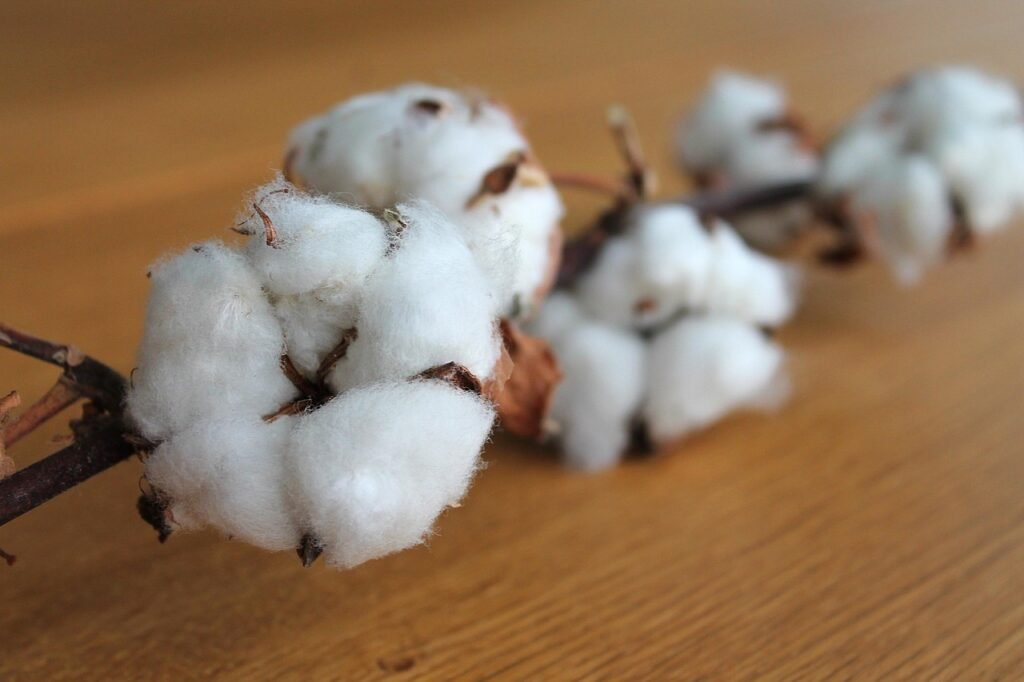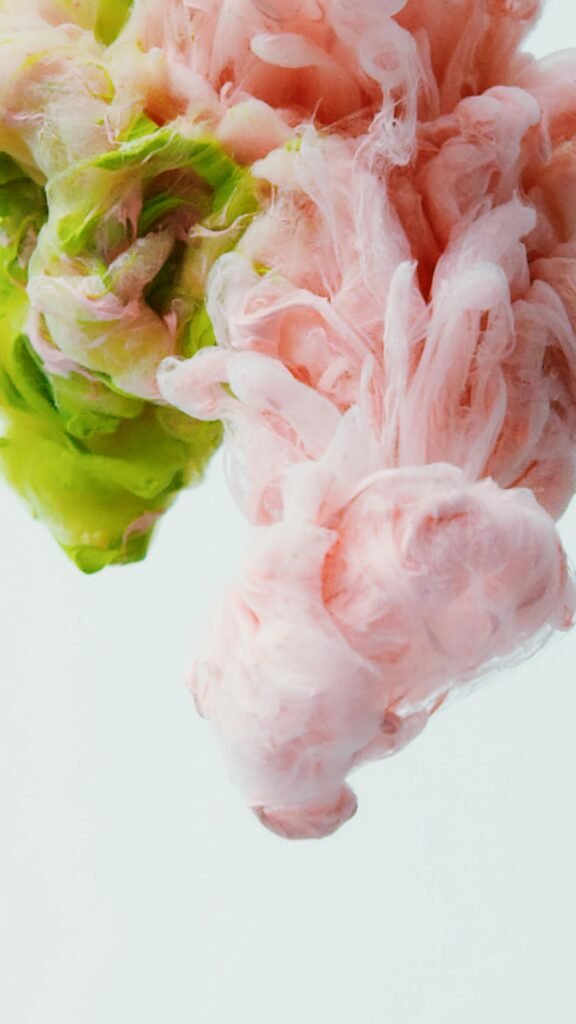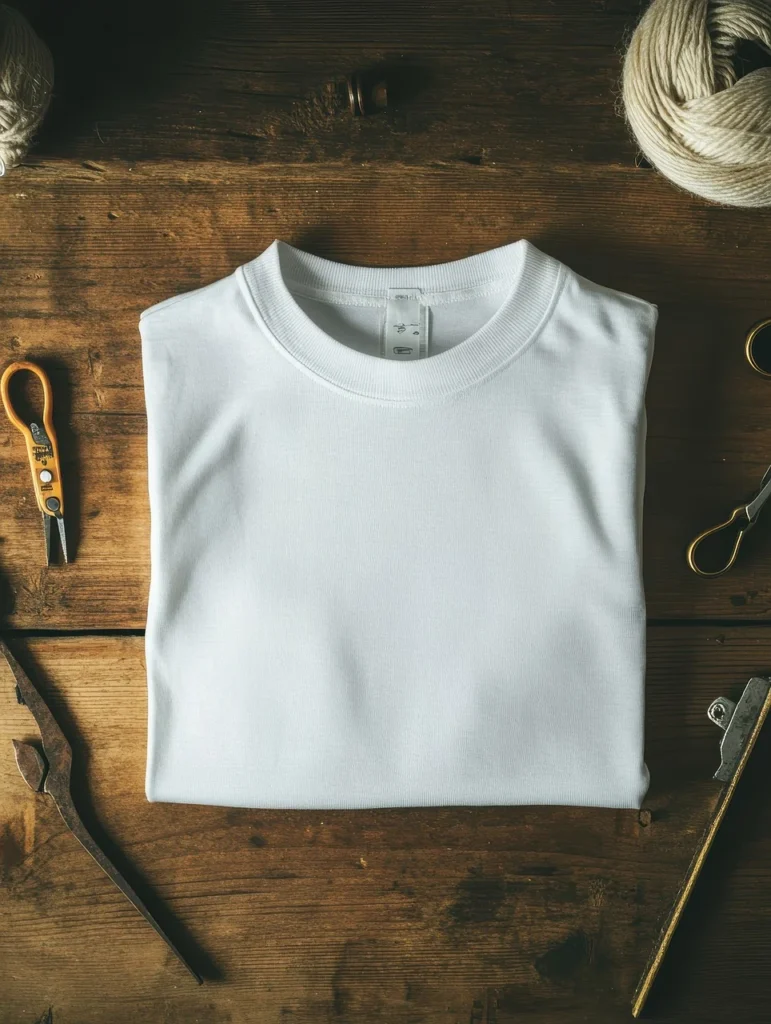When summer temperatures rise, wearing the right fabric can make a big difference in how comfortable a T-shirt feels. For apparel brands, designers, and sourcing teams, selecting the best fabric for hot-weather T-shirts is not just about softness—it’s about breathability, moisture control, weight, and durability.
In this article, we’ll explore the key qualities that make a fabric ideal for summer, compare popular options, and offer sourcing tips to help your brand create T-shirts that keep customers cool, dry, and coming back for more.
What Makes a Fabric Ideal for Summer?
Not all fabrics are created equal when it comes to warm-weather wear. Summer-friendly fabrics need to handle heat, humidity, and sweat while maintaining a fresh, lightweight feel.
Here are the main qualities that matter:
- Breathability: Allows air to circulate and heat to escape from the body.
- Moisture-Wicking or Absorption: Pulls sweat away from the skin and dries quickly.
- Lightweight: Reduces bulk and heat retention.
- Soft Touch: Gentle against the skin, especially when worn for long hours.
- UV Resistance (optional): Protects skin from sun exposure in outdoor settings.
A great summer T-shirt fabric strikes a balance between comfort and performance—especially important in markets with high temperatures and humidity levels.

Best Fabric Options for Summer T-Shirts
Below is a breakdown of common fabrics used in T-shirt manufacturing, and how they perform in summer conditions:
| Fabric | Breathability | Moisture Control | Weight | Feel | Ideal Use |
|---|---|---|---|---|---|
| 100% Cotton | ★★★★☆ | ★★☆☆☆ | Medium | Soft, natural | Everyday summer wear |
| Cotton-Poly Blend | ★★★☆☆ | ★★★★☆ | Light–Med | Smooth, soft | Branded T-shirts, uniforms |
| Polyester | ★★★☆☆ | ★★★★★ | Light | Smooth, cool | Activewear, quick-dry tees |
| Bamboo Rayon | ★★★★★ | ★★★☆☆ | Light | Silky, breathable | Eco-friendly summer shirts |
| Modal / Tencel | ★★★★☆ | ★★★☆☆ | Light | Ultra soft | Premium lifestyle tees |
| Linen | ★★★★★ | ★★★☆☆ | Light | Textured, airy | Loose summer shirts |
Let’s take a closer look at some of the top choices.
Cotton: The Classic Summer Favorite

100% cotton is the most commonly used material for summer T-shirts, and for good reason. It’s natural, breathable, and soft. Cotton allows air to circulate, which helps prevent overheating. It also feels comfortable on the skin, even during long wear.
However, cotton absorbs moisture rather than wicking it. This means it tends to hold onto sweat, which can make the shirt feel damp or heavy in very humid climates. For low-activity or everyday casual wear, cotton remains a great choice. For performance-focused or outdoor applications, cotton might need a moisture-wicking finish or blending with other fibers.
Cotton-Polyester Blends: Comfort with Performance
A blend of cotton and polyester combines the softness of cotton with the moisture-wicking and quick-drying properties of polyester. These blends are highly versatile and cost-effective, making them perfect for printed T-shirts, promotional wear, and uniforms.
Most blends range from 60/40 to 50/50, though some premium fabrics use tri-blends (cotton, polyester, and rayon). These combinations help the shirt maintain shape after washing, reduce shrinkage, and add durability—especially important for B2B buyers in bulk.
Advantages of cotton-poly blends:
More resistant to wrinkles
Dry faster than pure cotton
Feel soft and smooth
Handle heat and sun exposure better
They are widely used in the fashion, events, fitness, and corporate sectors.

Polyester and Performance Fabrics: Great for Active Use
For activewear or T-shirts worn in extreme heat, 100% polyester or polyester-spandex blends offer the best performance. These fabrics are lightweight, moisture-wicking, and quick-drying, helping the body stay cool during sports, workouts, or labor-intensive activities.
Polyester may not feel as soft as cotton, but when engineered correctly (e.g., interlock or mesh knit), it can offer excellent comfort with high performance. It’s also highly durable, easy to print on, and available in recycled versions.
Common applications:
- Gym wear
- Running shirts
- Outdoor uniforms
- Promotional activewear
If softness is a concern, choose brushed polyester or blends with modal/rayon.
Bamboo and Modal: Premium Summer Comfort
If your brand offers eco-conscious or premium summer T-shirts, fabrics like bamboo rayon, modal, or Tencel are excellent choices. These fibers are derived from plants and wood pulp, offering a cool, silky feel with excellent breathability.
Bamboo rayon is naturally antibacterial, making it suitable for humid environments. Modal and Tencel are ultra-soft, lightweight, and feel luxurious against the skin. While they may cost more, they create high perceived value and work well in boutique, yoga, or resortwear markets.
Fabric Weight Matters: What GSM Is Good for Summer?
When selecting fabric, GSM (grams per square meter) is an important factor. It tells you the fabric’s thickness and weight.
| GSM Range | Fabric Weight | Best Use |
|---|---|---|
| 130–150 gsm | Light | Summer T-shirts, base layers |
| 150–180 gsm | Medium | Casual or year-round tees |
| 180–220 gsm | Mid-Heavy | Oversized or structured tees |
For summer, a fabric between 140–160 gsm is usually ideal. It provides enough coverage while still being light and breathable.
What to Consider When Sourcing Summer T-Shirt Fabric
When sourcing fabric for summer T-shirts, keep these points in mind:
- Climate: Will the shirts be worn in dry heat or high humidity? This affects the need for moisture-wicking or breathable structure.
- Usage: For everyday wear, comfort is key. For sportswear, prioritize quick-dry and performance.
- Printing Method: Ensure the fabric handles screen printing, heat transfer, or sublimation if needed.
- Durability: Look for anti-pilling, shrink-resistant, and wash-test performance.
- Sustainability: Consider recycled or eco-friendly fabrics if aligned with your brand values.

You can also ask your supplier for swatches, GSM specs, and performance data before placing bulk orders.
Conclusion: Build Summer T-Shirts Your Customers Will Love
Choosing the right fabric for summer T-shirts is not just about style—it’s about creating a better wearing experience. Whether you prefer the classic softness of cotton, the performance of polyester, or the luxury of modal and bamboo, there are fabric options that meet your brand’s needs.
By understanding breathability, moisture control, weight, and sourcing considerations, you’ll be able to produce T-shirts that keep your customers feeling cool, comfortable, and loyal to your brand.
📩 Need help finding the best fabric for your summer T-shirt line?
Contact us today to request free swatches or discuss custom fabric solutions for your brand.


![[JuncoSports]Where to Find Affordable Wholesale Fabric Materials Without Sacrificing Quality](https://materials.juncosports.com/wp-content/uploads/2025/07/image-6.jpg)